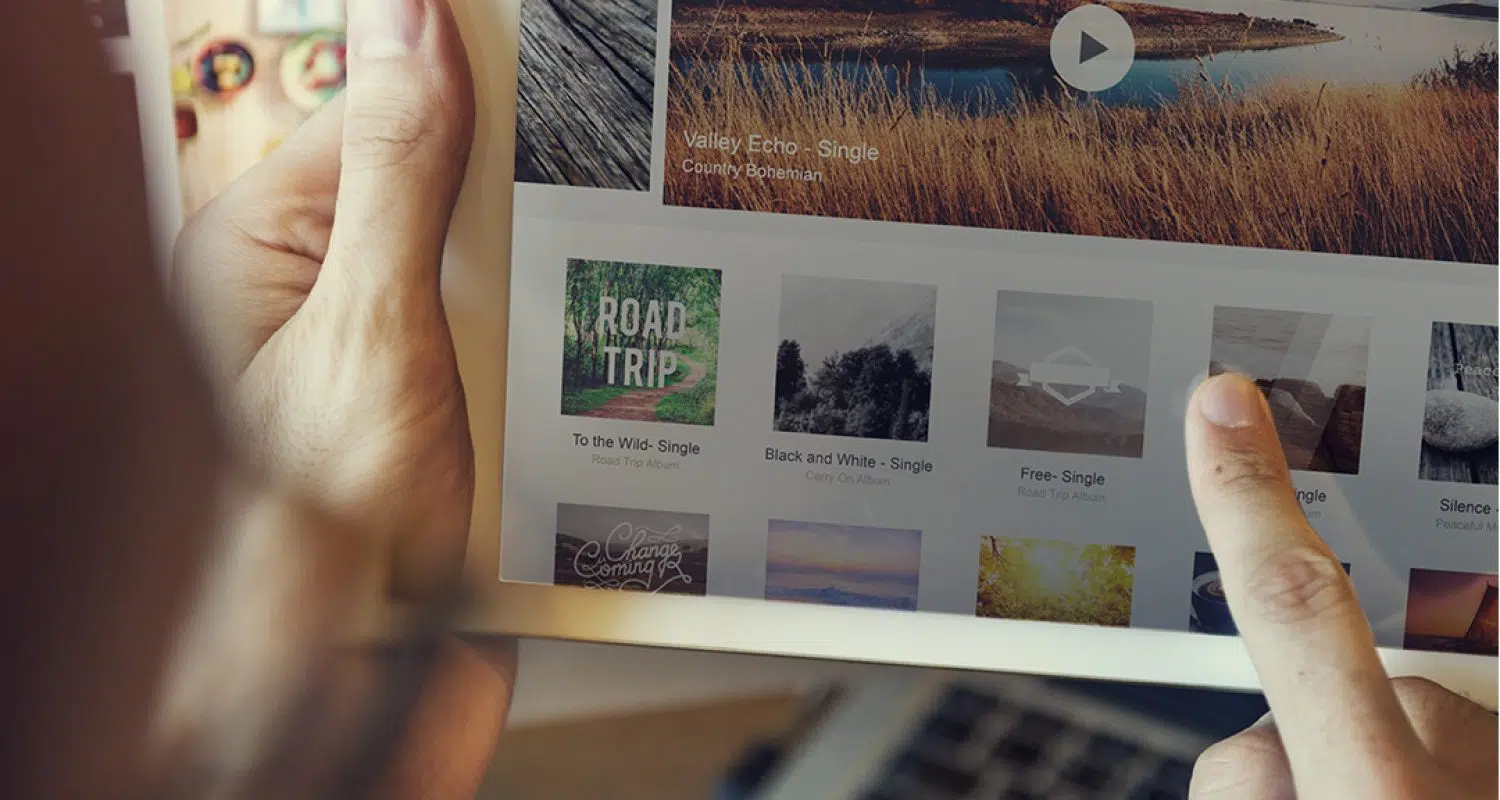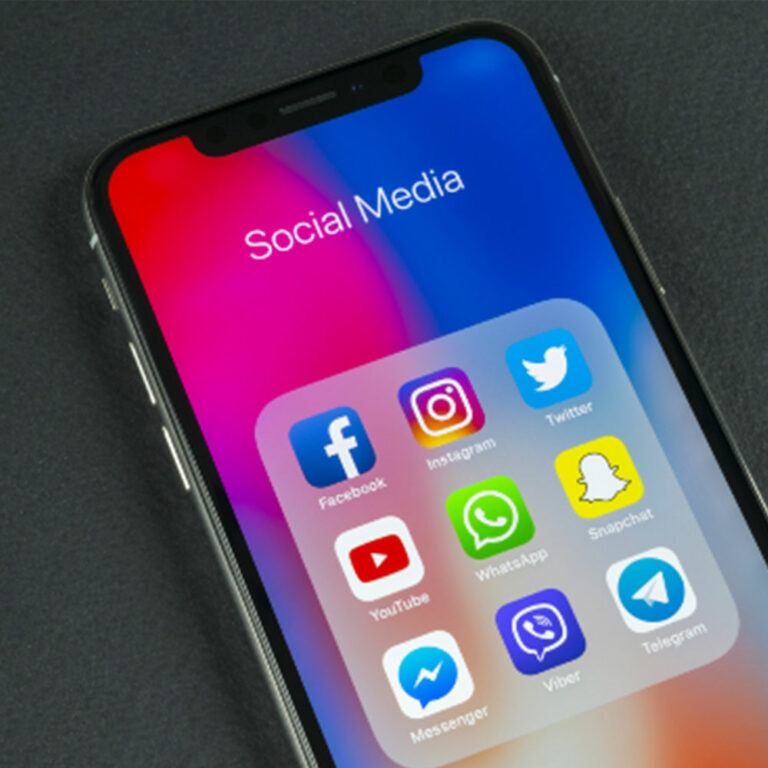Neue Medien, Social Media-Trends und globaler werdende Zielgruppen stellen Unternehmen vor immer mehr Herausforderungen in puncto Übersetzung.
There was a time when the first thing that always came to mind when you heard the term “translation” was a written text. “Translators, they take care of translating novels, product descriptions and instruction manuals into English, French or Chinese, right?” Of course, these kinds of projects still be found on the order books of translation agencies today. In these times of globalization, social media and streaming hype, however, many more formats and channels that need to be translated into more and more languages have been added to that list: from subtitles to voice-overs, from tweets to podcasts, from games to apps. The focus of companies is shifting as customer requirements also change and become more international. This makes translations in more and more channels and into increasing numbers of languages especially important.
A brief overview of the huge number of users shows why an international multichannel strategy is so important. This up-to-date data shows which channels and on which platforms your content is seen, read, or heard. Translation and localization play a huge role here in terms of your international success or failure.
Streaming and online videos are extremely popular
Ende 2020 hatte die Streaming-Plattform Netflix erstmals mehr als 200 Millionen Nutzer. Disney+ freute sich zuletzt über 87 Millionen bezahlte Abonnenten. Zu den meist gestreamten Serien, den sogenannten Video-on-Demand (VoD)-Produktionen, gehören derzeit Brooklyn-Nine-Nine, WandaVision und Bridgerton.
According to GfK, YouTube is watched by 47 million adults in Germany every month. During the Corona crisis and the lockdowns that followed worldwide, the use of this platform increased by an impressive 15 percent. In particular, education-related content and tutorials are in high demand at the moment. Hardly surprising, after all, many a despairing student struggling with homeschooling uses the platform to look for explanations for their chemistry or math problems, or garden owners wonder which fancy pool could make them forget the canceled vacation.
Social media platforms and podcasts are booming
In addition, there are many other media and channels that need to be considered and used by companies that want to be successful on multiple tracks – keyword: multichannel. Currently, an estimated 2.6 billion people use the services of the Internet giant Facebook every day. This also includes the platforms WhatsApp and Instagram. The social media platform Twitter has around 192 million daily active users. Instagram currently has more than one billion active accounts worldwide. Nine out of ten users follow companies and their offers. And the video platform TikTok also has around 800 million users. Last but not least, we have podcasts. The audio streaming provider Spotify hosted more than 50,000 German-language podcasts on its platform in the fourth quarter of 2020, up from just 2,000 in 2018. In total, there are as many as 2.2 million formats – a huge market with great potential and many a challenge in terms of translation. Have you thought about podcasts for your marketing?
Tom Hanks in Turkish
What does this gigantic market mean for you and your business? Ever more content needs to be translated and localized. And the number of languages is also steadily increasing. Can you still remember good old DVDs? If you wanted to watch a Hollywood blockbuster, they usually offered you the option of choosing the original English or French – with subtitles or audio. These days, series on Amazon Prime or Netflix come in significantly more languages. You want to watch the new Tom Hanks movie in Turkish? No problem! Or that new hit series that all your friends already know – in Polish? Easy! Based on this experience, customers now also want companies to translate content into their native language, for example as subtitles under your online tutorial. Social media campaigns on Facebook or Instagram also need professional translation, as well as podcasts or videos. These are important prerequisites for companies that want to hit the ground running on the international stage and reach customers in new markets.
Customer focus determines internationalization success
The ultimate goal of all these efforts is to deliver a consistent user or customer experience (CX) – across all channels and in all countries. In the past, the maxim was “the customer is king.” These days, we should probably rephrase this sentence as: “The customer is global ruler.” Anyone who fails to adapt content linguistically, stylistically and culturally to the context and needs of their target country is likely lose important competitive advantages. It doesn’t matter whether you’re talking about software localization, video synchronization or foreign language subtitling. After all, your target groups, potential buyers and customers, should all enjoy the same positive experience – wherever they are in the world.
Tips for consistent localizations
So what should we watch out for? For one thing, it’s about cultural subtleties. Literal translations don’t paint the whole picture. Traditions, national characteristics, political differences and humor must all be taken into account. But even from a technical perspective, things can also look different from country to country: for example, is the content more likely to be viewed on a mobile device or a computer? And how fast or stable is the Internet connection? The fact that idioms, time and number formats, currencies, sizes, fonts and symbols are also important is beyond question. But images and graphic symbols also need to be considered for multichannel localizations.
Native speakers and experience are a must
Subtitling, dubbing, transcription, and the like require solid preparation and professional support from a translation agency that is not only well-versed in the various formats and circumstances, but also has a pool of translators and voice talent covering a range of different languages. Placing new content in a new cultural context is a complex task: Linguistically and technically, your new target group should be able to understand and comprehend your translation just as well as your original target group. Because these kinds of multichannel localizations require not only a great deal of linguistic sensitivity but also extensive knowledge of the cultural background of your target market, you should therefore rely on translation professionals: They are the cornerstone of your internationalization success.
If you’d like to learn more about what to look for when localizing your content across channels, let us know. We will find exactly the right solution for your project.








